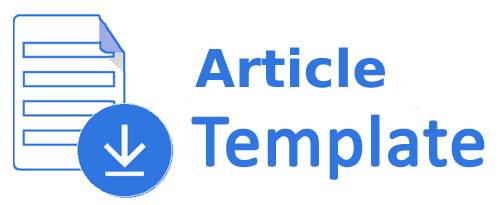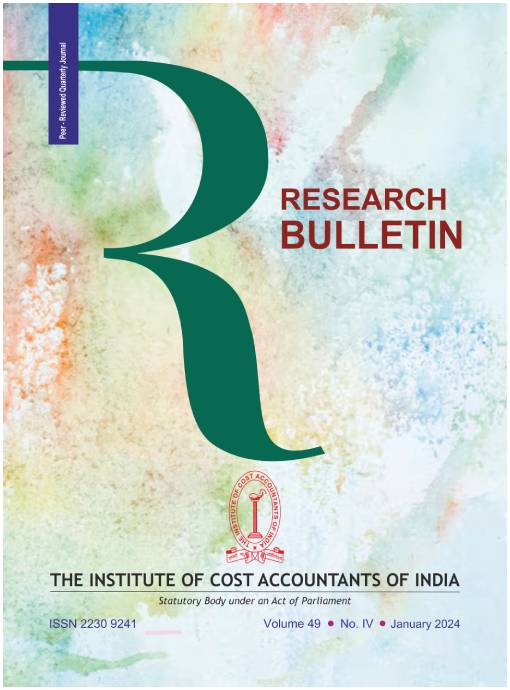Beyond Branches: The Emergence and Impact of Neobanks
Keywords:
No Keywords.Abstract
Neobanking represents a paradigm shift in the financial services industry, offering fully digital banking solutions that cater to the evolving demands of tech-savvy customers. These institutions operate without physical branches, leveraging go-between protocols like APIs and advanced technologies like AI and Blockchain to deliver seamless and efficient banking experiences. Unlike traditional digital banks, which are online subsidiaries of established financial institutions, neobanks function independently or in collaboration with traditional banks, making them agile and customer-centric. The paper identifies prominent players in the global and Indian neo banking markets, offering insights into their strategies and customer-centric approaches. By addressing challenges such as limited public awareness and societal acceptance, this study underscores the significant potential of neobanks to redefine financial services, making them indispensable players in the global banking landscape.
Downloads
Downloads
Published
How to Cite
Issue
Section
References
Aggarwal, R., & A. S. (2020). Neobanks and the next banking revolution. PwC India. Retrieved from https://www.pwc.in
Danevska, B. A. (2021). Reinvention of new banking business models in Republic of North Macedonia. Trends in Economics, Finance and Management Journal (TEFMJ), 3(2), 42–52.
Dokania, Y. (2020). NEO bank—Revolution in Indian banking sector: A critical analysis. International Journal of Law, Management & Humanities, 3(6), 361.
Mayabrahmma, A., & Sumant, O. (n.d.). Neobanking market: Global opportunity analysis and industry forecast, 2023–2032. Allied Market Research.
Monis, E., and Pai, R. (2023). Neo Banks: A Paradigm Shift in Banking. International
Journal of Case Studies in Business, IT, and Education (IJCSBE), 7(2), 318-332. DOI: https://doi.org/10.5281/zenodo.8011125
Patki A. &Sople V. (2022). Open banking ecosystem: The Indian perspective. Indian Journal of Finance, 16(5), 24–40. https://doi.org/10.17010/ijf/2022/v16i5/169516
 Free Sample
Free Sample Editorial Policy
Editorial Policy

